Here in Ohio, we’re knee-deep in yellow squash, cucumbers, green beans and all the deliciousness of a summer garden. My family’s sugar peas were some of the best we’ve ever grown, so good it’s tempting to eat them right off the vine (though, we recommend a good washing first). But we did get a little carried away with some of our planting. We have more cucumber plants then family members. And somehow, we always overestimate how many tomatoes we will eat. (Spaghetti sauce, anyone?)
The wonderful part is that there are many ways to preserve the harvest for later enjoyment, long after the warm summer season has disappeared.
Keep reading below to discover five ways to preserve your harvest now. (We even included some helpful resources to get you started.)
#1 – Canning
Besides being economical, canning your own fruits, vegetables and meats is also just plain fun. It’s a great way to stock up on supplies for the winter or have a food cache ready for emergencies.
Check out our canning videos to get you started. (Remember, always follow USDA recommendations when canning.)
Click here to shop all canning products.
#2 – Freezing
Freezing is one of the easiest ways to preserve fruits, vegetables and meats. It’s not hard to do, and you’ll appreciate it later when you can just pull out fresh flavors right from your freezer. (The tastes are worth it!)
Check out this DIY freezing post to get you started.
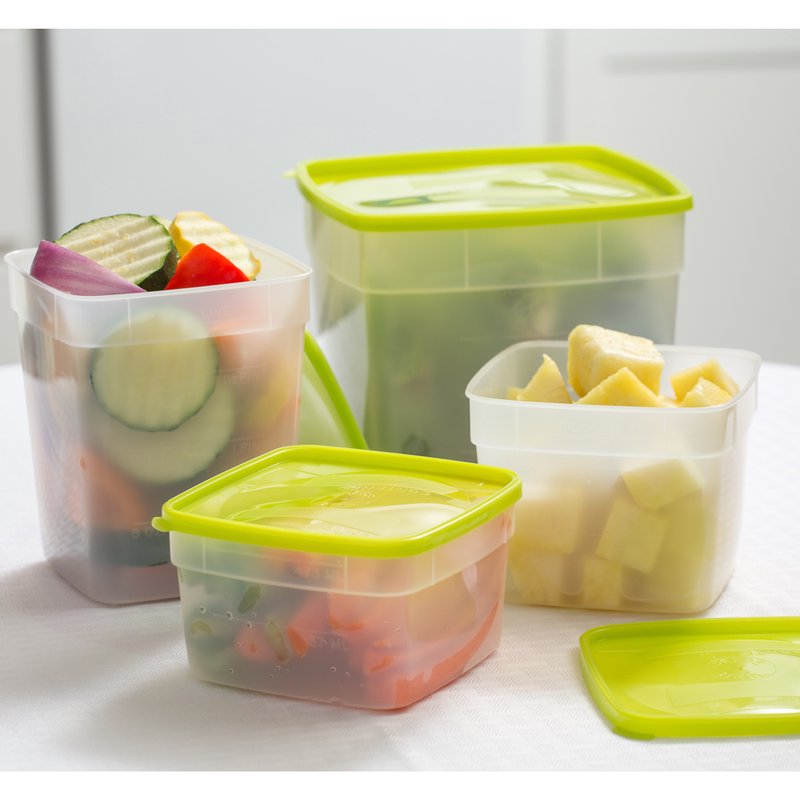
Click here to shop all freezing products.
#3 – Fermenting and Pickling
Preserve delicious, gut-healthy foods with this age-old method. From sauerkraut and kimchi to classic pickles, there are many yummy creations you can make with fermenting and pickling.
Check out this DIY fermenting post to get you started.
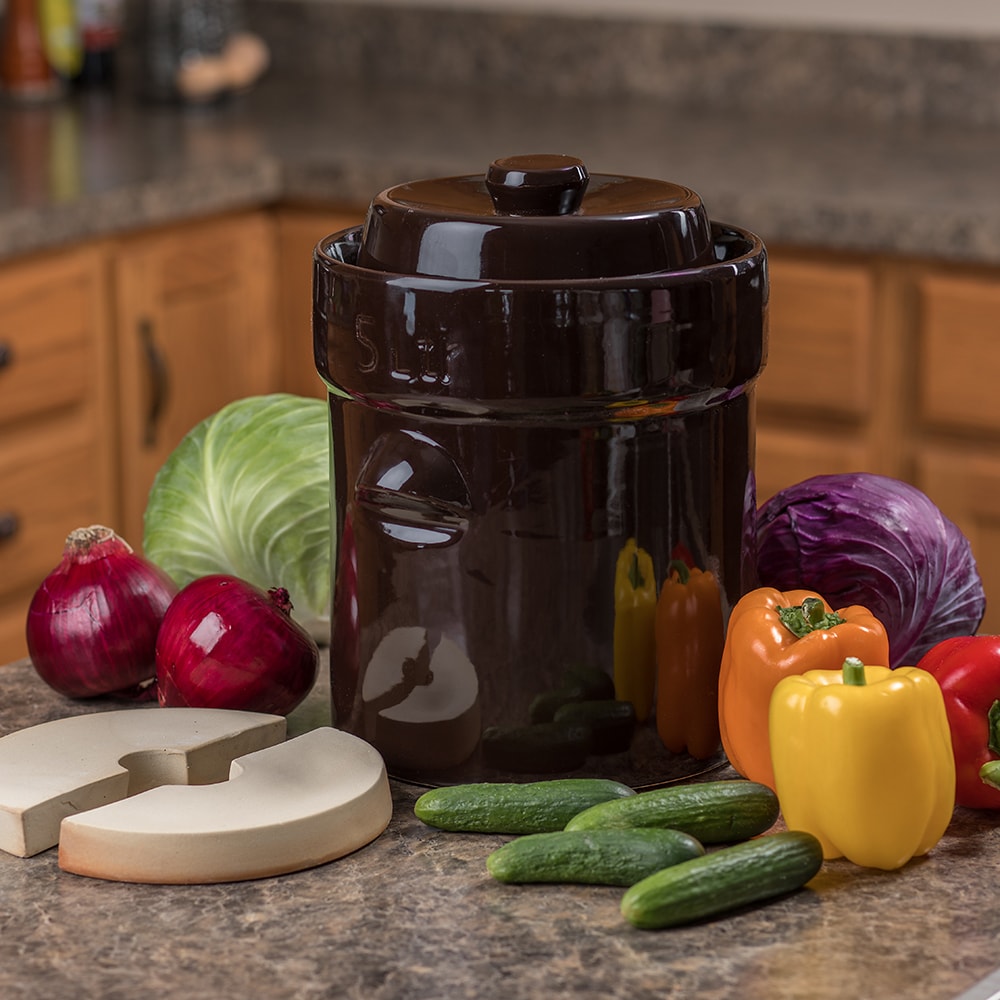
Click here to shop all fermenting and pickling products.
#4 – Drying (Dehydrating)
Drying food is easy to do, natural and so delicious, too. You just need the right tools to begin.
Check out this DIY dehydrating post to get started.
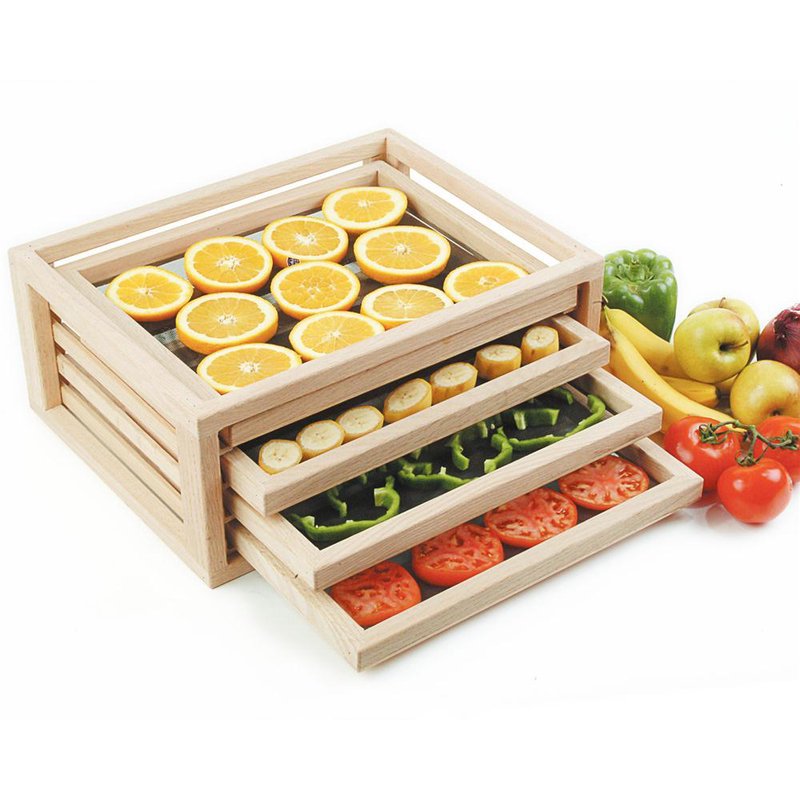
Click here to shop all drying products.
#5 – Storing in a Root Cellar
Looking for an easy way to store some of your harvest for the winter? Storing vegetables and fruits in a root cellar has been a method used for generations. Root crops like potatoes, beets, carrots and turnips work well with root cellar storage. There is some preparation and planning involved, so we recommend doing your research first to make sure you’re choosing the right food and the ideal conditions for your root cellar.
Check out this DIY root cellar post to get started.
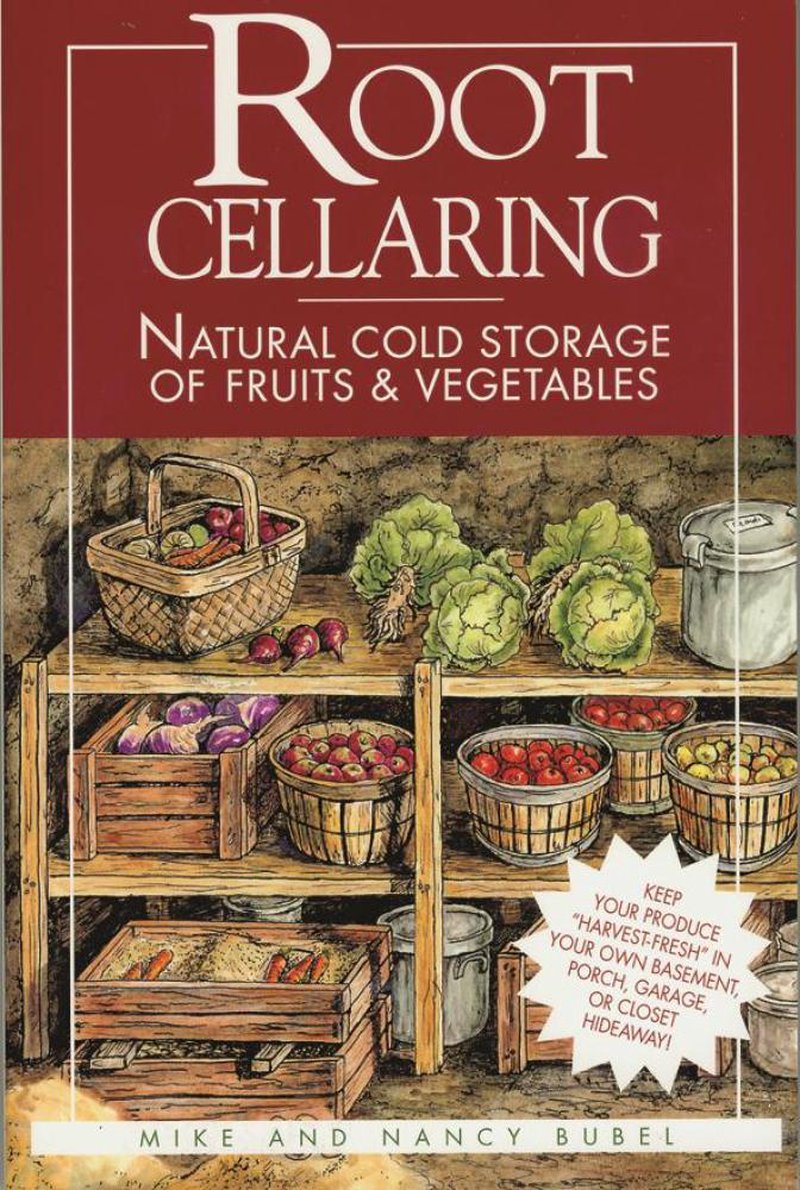



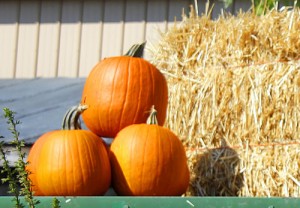






























Thanks for encouraging me to preserve food for later. I need to plan another trip to Lehman’s.
I always enjoy learning about preserving food
The feeling Of bringing wholesome food to the table is a special. work of love???
Been working in this way for over40 years
Most worthwhile
Kindly ??NanaRuthy
Thanks for information. After the last two years I became schooled on supply of canning items.
We are so glad you can learn from us, Diane!
We would love to have you, James!